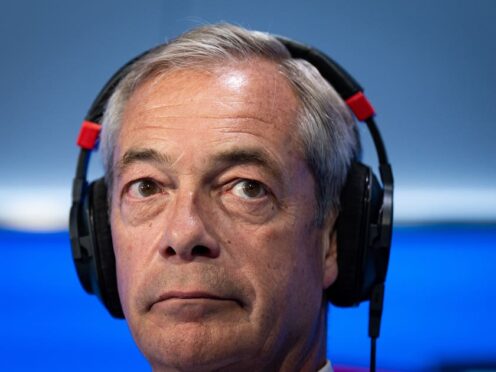Nigel Farage’s Reform Party has overtaken the Conservatives in a major poll of public opinion for the first time, in the latest blow to the Tories’ hopes in the election campaign.
A YouGov poll commissioned by the Times newspaper had Reform at 19% to the Conservatives 18% of voting intention, in a “crossover” moment for the two parties.
Labour still sits in the lead at 37% of voting intention, with the Liberal Democrats at 14%, the Greens at 7%, the SNP at 3%, Plaid Cymru at 1% and others at 2%.
The poll was conducted on a sample size of 2,211 adults in Britain between June 12 and 13.
Mr Farage lauded the poll and framed his party as the challenger to Labour as he and other senior figures from political parties met for ITV’s latest election debate.
“I am Nigel Farage, leader of Reform UK. Just before we came on air we overtook the Conservatives in the national opinion polls. We are now the opposition to Labour,” he said.
The poll came at the end of a day when Labour and Plaid Cymru launched their election manifestos.
At his launch in Manchester, Sir Keir Starmer said Labour had a plan to turn the country around after 14 years of Tory “chaos” but cautioned that there would be “no quick fix” if he is handed the keys to No 10 by voters on July 4.
Launching a manifesto which contained no new policy announcements, Sir Keir denied he was being overly cautious in his efforts to put his party back in power for the first time since 2010.
Repeatedly stressing how he had changed Labour since taking over from Jeremy Corbyn, Sir Keir said he was now offering a “serious plan for the future of our country”.
